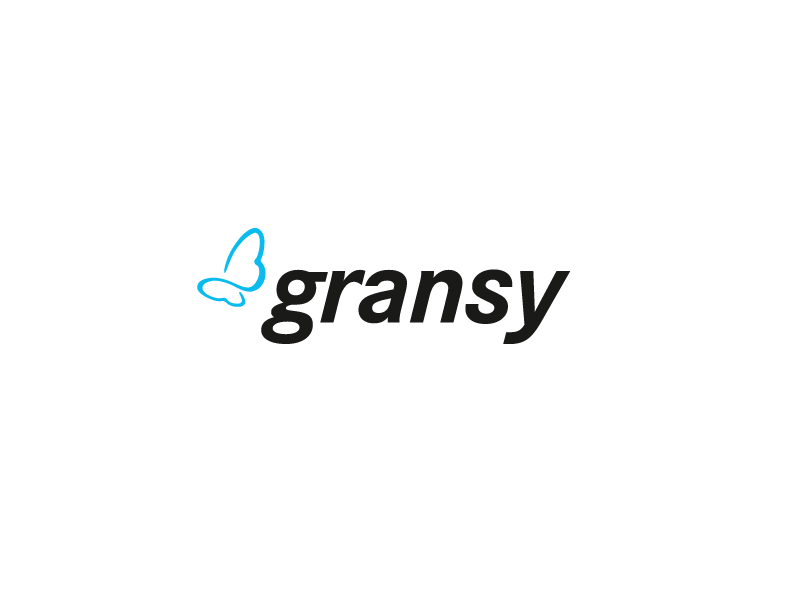As the saying goes “It takes two to tango” and these two partners need to be coordinated, trusting and willing to make adjustments during their performance to achieve their common goal – give the audience a beautiful dance. Such is the case with ccTLD Registries and Registrars.

The perspective of ccTLD registries toward their sales network, registrars, is essentially very simple and goes like this: registrars care just for the money; they don’t care about our “national” side of the organization. As we have different organizations among registries, regarding the form (state-owned, universities, private companies, multistakeholder organizations…), it is not nice to generalize… not all registries are the same and even think the same. But the vast majority of them, especially state-owned ccTLD registries, think just as is stated above – ah, those “evil, just-for-the-money registrars.”
Quite a few of them do not even want to have registrars. By keeping total control over registration processes, selling domains directly to registrants, they want to preserve their domain as a “national treasure,” and usually, those “closed” ccTLDs have a small number of domain names—just a couple of thousand. Also, outside their country, the prices for such domains are huge – many hundreds of USD, sometimes even thousands per one domain name… The reason is simple – it is too damn hard and complicated to register such a domain name, and you need an attorney’s office for necessary papers. On the other side, you have “open” ccTLDs, who have millions of domains, trying to maintain the business, and they don’t care much about the “national treasure” thing. So, who of them is right?
Are ccTLDs really a national treasure? Well, most of them got ccTLD long before ICANN happened, and it was John Postel (and his famous spreadsheet where he was noting professors from countries around the world, dedicated to maintaining their own ccTLD) who gave them. Some of them got ccTLD through a process in ICANN, and they have many agreements with ICANN… Compared to woods, mountains, minerals, water… as true national treasure – are those given by anyone? “God gave us” can be the answer for some, but in theory, ccTLD can be shut down at any point by ICANN in the root zone, while water cannot. God didn’t give ccTLDs, but Americans/ICANN who created the Internet. National treasure definitely not, but a national sign yes, like a flag… And any national sign can be changed, just for the record…
On the other side, we have registrars. Normally, as private companies, which use the old selling rule – “Buyer is always right,” and they will sell to the registrant whatever domain name he wants. So, yes, money in essence… but more than that – survival, because the registrar is “one among equals” in the hard, open market game. Recently, we saw that the biggest registrars are becoming registries, and sometimes they have even political moves, which showed that not all registrars are the same. Some are big telco/ISP companies, and the domain business for them is like peanuts – a small domain department, one of many services that they offer with too small revenue. Or we have hosting companies among registrars, who get real money from other services, but they need domains to sell them… Or just small simple registrars, selling just domains for small revenue, playing with the “math of small numbers” – quantity oriented. But – are they paying attention to anything but money?
Of course, they do. All of them know perfectly all the rules and regulations of ccTLD. Especially if they need to advance their service, they will be keen to suggest to ccTLD registry the changes of some rules. And as they are private companies, they don’t have the nerves for typically slow changes in ccTLDs. Here is one story.
Gransy was suggesting small changes in the ruleset for registering domain names in one ccTLD registry, in the country where we hold the accreditation. At first, it seems that all the people in ccTLD liked the change, and changes are around the corner. That was May 2017. The idea was to finally abandon any PDF document in registration processes, or to be precise – to abandon only one document that the ccTLD registry used in all processes about domain names… and to become a really “paperless” registry.
Fast forward to September this year, more than 6 years after – the ccTLD registry adopted the suggestion and became one rare paperless registry. Why 6 years? Inner processes in any ccTLD registry are slow, and it needs a lot of time for them to “see the obvious.”
ccTLD registries are slow as elephants, but once they move – they can make a stampede. That’s why both of the dancers in the domain name stage should understand each other better, open their perspectives, and act together for the benefit of the customers. Not all ccTLD registries are the same, but the same goes for registrars, and they should find their rhythm for a great performance on the domain name dancefloor.


[…] 16. 10. 2023 – gransy – Registry’n’Registrar dance […]